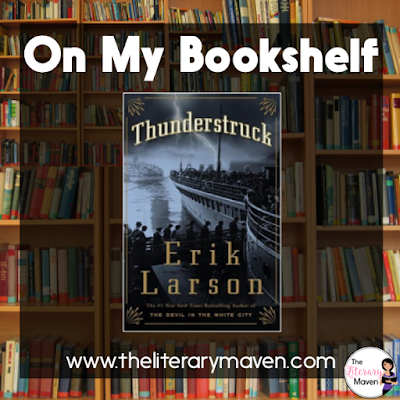The basic plot: This memoir centers around food and mother daughter relationships because for the author, Ruth, the two are very much intertwined. From an early age, Ruth was aware that her mother was a disaster in the kitchen, serving unusual concoctions, or even worse, food past its expiration date. As a result, though unknowingly at first, Ruth seeks out and enjoys the company of those who can cook and appreciate food. Ruth grows up in New York City, summers in Connecticut, travels with her well to do parents, and spends her middle school years in a boarding school in Quebec because she makes an offhand comment to get mother about wanting to learn French. She attends college in Michigan, far away from her mother and her food, but returns to New York after, where she meets her future husband. Throughout her travels, Ruth becomes an experienced cook, learning any recipe from anyone she can. Her book is sprinkled with these recipes, from brownies to wiener schnitzel to fried chicken.
Why I liked it: I love a good memoir, and this one is good. The author has great adventures, is funny, and her descriptions bring to life all of the figures in her life without slowing down any of the action, which some authors seem to struggle with. I sometimes find myself skimming description, thinking "when is something going to happen?" But not in Tender at the Bone. Ruth's characterization makes you feel like you know these people, or wish you did.
The author's treatment of the issue of mental health is also well done. She is kind, but does not romanticize or sugar coat what it is like to live with someone who is manic depressive.
Classroom application: This would be a perfect central text or student selected text for a unit on memoir. The author labels the book as a "food memoir" if you are planning on using excerpts from different types of memoir, but could also fall into the "coming of age" category. Your students who love food, want to be the next Top Chef, or those good girls who wish they could be bad will love this book.
If you use mentor texts for student writing in your classroom, you could also use selections from this text. As I noted above, the author has great character development and description without interfering with the plot. Students (even more so than professional authors) struggle to balance and blend the two so this would be a model text for practicing.
If you are interested in purchasing a copy of Tender at the Bone for yourself, you can find it on Amazon here.
Note: The Literary Maven is a participant in the Amazon Services LLC Associates Program, an affiliate advertising program designed to provide a means for sites to earn advertising fees by advertising and linking to amazon.com.
If you are interested in purchasing a copy of Tender at the Bone for yourself, you can find it on Amazon here.
Note: The Literary Maven is a participant in the Amazon Services LLC Associates Program, an affiliate advertising program designed to provide a means for sites to earn advertising fees by advertising and linking to amazon.com.











